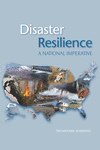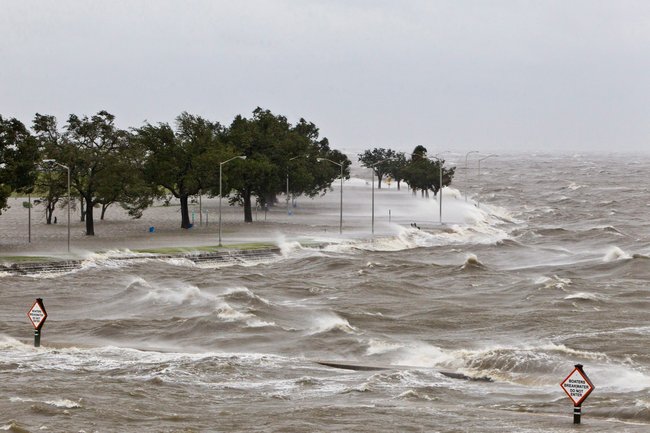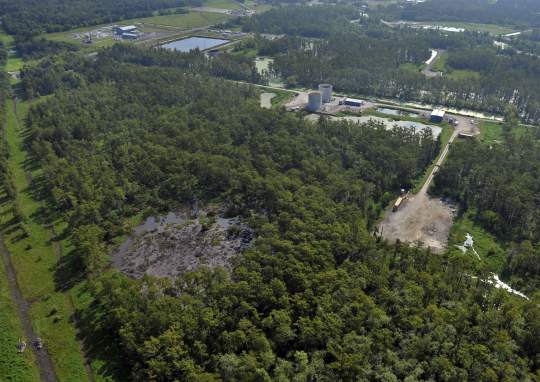 submitted by John Wysham
submitted by John Wysham
fiercehomelandsecurity.com - by David Perera - August 9, 2012
Disaster Resilience: A National Imperative
Some federal polices have created unintended negative consequences for resiliency
A focus on resiliency should replace a disaster response status quo that will prove increasingly costly in lives and expenses, says an Aug. 1 report from the National Academy of Sciences.
The report, sponsored by a swath of federal agencies and researchers, calls for community-driven and top-down resiliency measures, including community resiliency coalitions, a Homeland Security Department-prepared national resilience scorecard and incorporation of national resilience as an organizing principle of the federal government.
The concept of resiliency--which report authors define as "the ability to prepare and plan for, absorb, recover from and more successfully adapt to adverse events" has assumed heightened importance as a homeland security concept, especially as natural disasters have become more damaging.





 submitted by John Wysham
submitted by John Wysham
Recent Comments